What makes a search result click-worthy?
Or let me phrase it this way: What would make someone want to click on your content?
One answer that I tend to hear a lot relates to page rank.
“If I were higher up on Google’s SERPs I’d get more clicks!”
While this is partly true, it’s not the full picture.
Making sure that you rank number one isn’t the only factor that goes into your CTRs. It’s only part of the equation.
In fact, you don’t have to rank number one to get decent clicks on your content.
Here’s why.
Why Google SERP rankings might not matter for CTRs
Let me start by getting this out of the way: Yes, ranking #1 will net you traffic.
There is a correlation between a result’s ranking position and its CTR, especially on Google.
Looking at the stats, you can see there’s a general descent in CTR based on SEO ranking position.
Position number one tends to get the most traffic (20.5%) with the lowest traffic at position number nine (5.52%) and an upward swing after position number ten (7.95%).
But these stats only tell me one thing: No matter where you are on the first page, you will get clicks.
Being in spot number one doesn’t really make that much of a difference.
There are plenty of ways to make the most out of a spot number five or even a number nine.
As long as you’re somewhere on the first page of Google’s SERPs, you can have a decent CTR.
Even if you do somehow find yourself on the dreaded second page of Google, you will still get clicks.
The issue really isn’t about ranking. It’s about making the most out of the rank you do have.
Here’s how to get higher CTR even if you don’t rank very high.
1. Benchmark your industry’s average CTRs
You won’t see success if you don’t know what success looks like.
So the first thing you need to do is benchmark the average CTR for your industry and then compare them against your current CTRs to see how you stack up.
Here’s a breakdown of the averages by industry:
While there are plenty of factors that can influence your CTR (and the above is just a guideline), this will give you a general idea of what you can expect.
If you run an e-commerce business (1.66% for organic search), for example, you shouldn’t expect to see the same CTRs as someone who runs a dating website (3.4%).
This should help you determine your target goals, too.
If you want to improve your CTR by 1%, is that realistic for your industry? Or should you be aiming for 0.5%?
You also need to consider how you stack up as a B2B or a B2C site.
According to one study by IMN, B2B sites saw higher CTRs than B2C sites when they ranked higher on the SERPs (top half of page one) but comparatively lower results when in the top positions of page two.
The study found that branded queries also see much higher CTR than non-branded queries.
What does that all mean for you? Well, it really boils down to one thing: Know your space.
Know what you should expect from your CTRs, keep those expectations in check when setting goals, and then work to improve them at a reasonable rate.
2. Create the most relevant content for clicks
Once you have a general idea of what you can expect from your CTRs, you can optimize your content for the most clicks.
According to Google, the best determining factor for rank and CTR is relevance to the searcher:
A search result will get more clicks (and, subsequently, a higher rank) if other people are clicking on it.
User behavior and intent matters when it comes to getting clicks.
So what makes one search result more click-worthy than another?
There are, generally speaking, three things to look for:
- Is the content informative?
- Is the content promising (will there be ROI for the user when clicking)?
- Is the content visually or psychologically appealing?
Take a look at these SERP results for the search query, “PPC ad examples:”
If I were looking for specific examples to show me what a good PPC ad looks like, which result would I click?
I would probably go with the third one down:
Why? Because my intent is to find current examples, and I know that I’ll see some when I click on this result.
I might also click on the first result because the title promises me examples (“with Real Examples…”).
But if I’m not also looking to write my own PPC ads, I might not deem it as relevant.
This is something that content creators need to pay attention to when crafting titles, which I’ll get to below.
The user decides which content is the most relevant. So if you’re looking to improve your CTR, create content that answers common search queries.
Make sure it’s informative and that it delivers on the promise of the headline.
3. Use high-converting link copy
As I mentioned above, when creating relevant content, you have to ensure that the user knows that it’s relevant.
This means creating titles that answer questions or grab attention.
Let’s look at search results for “How to grow your email list:”
All of these results are pretty good (which is why they’re on page one). But here are the ones that really stand out to me:
The first one, aside from being ranked number one, stands out because it’s specific. It’s not just “how to grow a list” but how to add 1,000 new email subscribers.
That sounds totally doable to me, and since it’s also ranked number one, I know there’s probably a good payoff for clicking on it.
But if I jump down the results page, I see a couple of things:
- A practical guide (I like guides. Guides tell me what I’m getting).
- A beginner’s guide for a specific industry (e-commerce).
The last one might only apply to me if I were growing a list for an e-commerce brand, but there’s still a promise of a payout since it’s a beginner’s guide.
A lot of these results are well-known brands, too. So if I’m familiar with the website already, I’ll be more eager to click the link.
The key here for content creators or marketers is to create a high-converting link in your titles (headlines) and descriptions.
According to ConversionXL, high-converting headline copy has five characteristics:
- They include numbers (“1,000 new email subscribers in 30 days”).
- They have between five to nine (or 16-18) words.
- They have either positive or negative sentiment (“Don’t Make These X Mistakes”).
- They have two parts (typically a headline and a sub-headline).
- They have a clear value proposition (they answer the search query).
Here’s an example they give of a headline that includes most of the above characteristics:
Siege Media recommends using SEO title tags to boost ranking and CTR power.
Title tags are part of your header source code, and they look something like this:
<title>Title Tags: How to Improve CTR by 20%+ – Siege Media</title>
They will show up on Google looking like this:
The goal here is to create title tags that are:
- Branded with the name of your website
- Have a compelling title that answers a question
- Include important SEO keywords and competitor keywords
With these three ingredients combined, you can craft a compelling and relevant title that is more likely to improve your CTR, which, in turn, may improve your ranking.
You can also perform A/B tests of your titles using a tool like CoSchedule’s free headline analyzer to see which headlines would work best.
A/B testing may not be necessary for every headline you write.
But taking the time to create high-converting copy is critical if you want to get more clicks on your pages.
4. Improve the other elements of your links
Aside from the relevancy of your content and appeal of your headline, there are other tweaks you can make to improve your CTR.
1. Add publishing dates.
Adding a publishing date to your Google results snippet is not only good for your Google ranking. It is also good for user intent.
Here’s an example of SERP results with and without publishing dates:
While the headline of the first one is relevant enough to warrant a click, I don’t know for sure how fresh the information will be.
With the second result, I know it’s at least relevant within a year or so.
If I want, I can also search for results within the past year, which will give me the freshest results:
This will show only posts with a publishing date in the last year or so:
Neither of the first two search results from my original search will appear here, and the relevance of these searches may be less desirable than the original search.
But I know that these search results are the most recent, which may increase the odds of a click.
2. Republish old content with a newer date.
If you think your content is highly relevant and you want to show up for dated searches, you can republish older content with a new date.
Simply reset it by editing your post and clicking the “update button.” This will refresh the date.
If you have a WordPress site and are using the Yoast SEO plugin, make sure that you check the “show date in snippet preview” box.
3. Add AMP Pages.
AMP (accelerated mobile pages) is a Google project that will make your mobile pages load faster.
It also adds a nice AMP stamp next to your SERP results on mobile devices:
And you can place an AMP stamp on your site’s content if you desire:
There are rumors that Google will be launching a Snapchat-like discover feature using AMP sites. So, while it’s not mandatory to have an AMP stamp, it might help in future searches.
You can demo what an AMP feature would look like on the SERP by navigating to g.co/ampdemo on your smartphone and searching for your content.
If you’re ready to dive into using AMP, you can get started here.
4. Add rich snippets.
If you have content that answers questions, either in paragraph, list, or table format, Google might automatically give you a featured snippet, also known as a rich snippet.
Here’s an example of a rich snippet:
For some searches, Google will automatically pull answers from any of the first page results.
In the below example, you can see that the rich snippet isn’t from the number one organic search spot:
This means that as long as you’re on page one of the SERPs, you have a shot at being featured in a rich snippet.
You can influence your chances of getting a rich snippet by targeting “question keywords” and creating accurate, authoritative, and structured content.
A great tool to use for this is Moz’s Keyword Explorer.
You can “filter by source,” which will allow you to filter by questions.
The organization of your content is key here. Headings and subheadings will influence whether or not your site is snippet-friendly.
To add a rich snippet, you can do one of three things:
- Use the WP Rich Snippets plugin (premium and robust).
- Use the All In One Schema Rich Snippets plugin (free but minimal).
- Use the data highlighter feature in the Google Search Console.
About 15% of queries have an answer box, so if you rank somewhere on page one, there are plenty of opportunities for you to get Google to feature your content.
5. Replace ugly permalinks.
Ugly permalinks are not SEO-friendly.
What is an ugly permalink, exactly? An “ugly” link is one that includes numbers instead of words or keyword, like so:
myblog.com/?p=123
A “pretty” permalink would look more like this:
myblog.com/how-to-get-pretty-permalinks
Pretty permalinks are generally better for SEO, and users searching on Google are more likely to trust them.
If you’re creating new posts, you should ensure that they have pretty permalinks.
But if you’re trying to get old content re-published and you find ugly permalinks, you’re most likely going to need to update them.
It can be a tedious process, but if you’re looking to improve your ranking and CTR, you should make sure that your permalinks are pretty.
You also want to include keywords from your title in your permalinks if at all possible.
This will give a significant boost to your SEO.
5. Add Paid Search
It’s true that most searchers lean toward organic search results rather than paid ads.
On the first page of the SERPs, the first five organic results account for 67.60% of all the clicks.
But that doesn’t mean that you should disregard paid ads.
If you dig a little deeper, you’ll notice that paid ads tend to work well when there’s a high level of brand affinity.
This works especially well if you’re retargeting searchers who may not have found the answer they were looking for organically.
But the trick is that you have to have a decent rank position, a budget for a decent bid, and enough of a “demand” for your PPC ad to be worth it.
If you’re curious about a potential CTR rate or your PPC ads, you can use WordStream’s tool here.
Getting a high PPC CTR isn’t easy, either. But I bring it up because it is still a viable alternative to organic traffic.
There are ways you can optimize your PPC ads so that they become a low-cost, high-CTR opportunity.
While PPC might achieve lesser results than optimizing your organic CTR, you can promote a lot of content and create brand affinity with paid ads.
Another option is to use Facebook Ads or other forms of social media to promote your content.
Again, this might not help with your organic search CTR directly. But it will drive traffic and increase your popularity, which may help with your rank (which may help with your organic CTRs and so on and so forth).
When your organic CTRs are failing you, consider opting for a few ads to see how your audience responds.
Conclusion
At the end of the day, the most click-worthy content is the content that’s most relevant to the searcher.
Showing up on the top of the Google’s SERP increases your CTR. But that’s not all that matters. You can get clicks even without ranking in position number one.
If you create highly-relevant copy that answers real questions and then add a killer headline, you increase the likelihood of users clicking on your content.
It’s a straightforward formula for success, though sometimes easier said than done. The best thing you can do is optimize your content to give it the best chance of success.
This means doing keyword research related to questions potential searchers might ask. It also means making sure your headlines answer those questions.
Consider formatting your text for rich snippets so that you have a chance of appearing at the top of the page, even if you don’t rank number one.
If push comes to shove, consider using paid search as a backup.
And, above all, give it time. Organic traffic requires patience, so don’t give up.
What are some strategies you’ve used to improve your organic search CTRs?


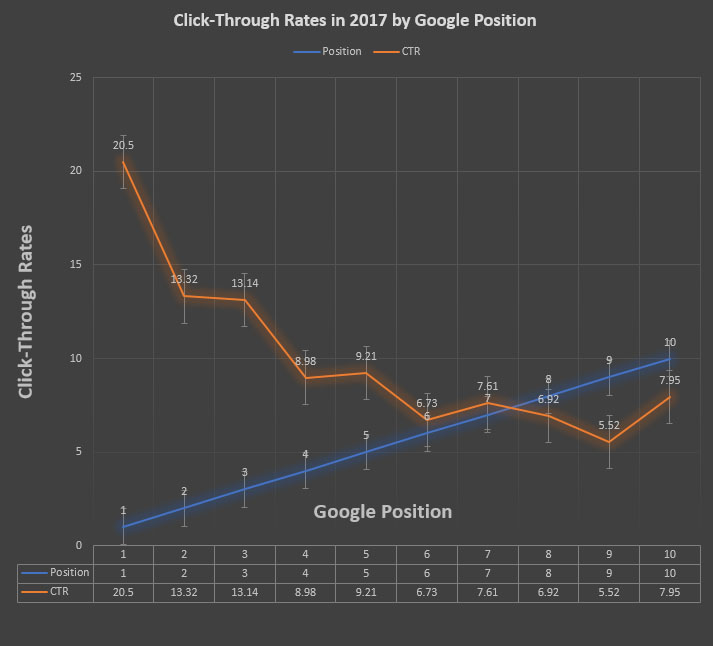
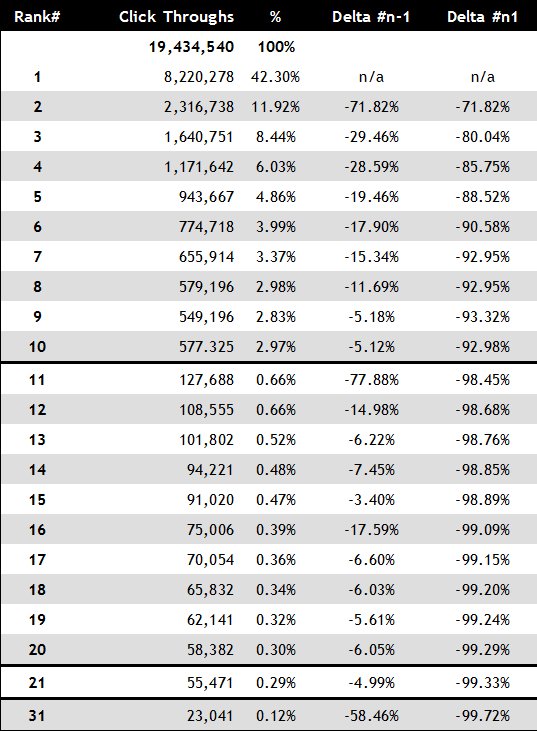
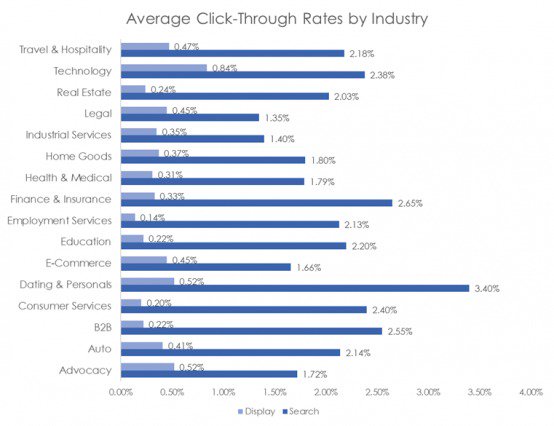

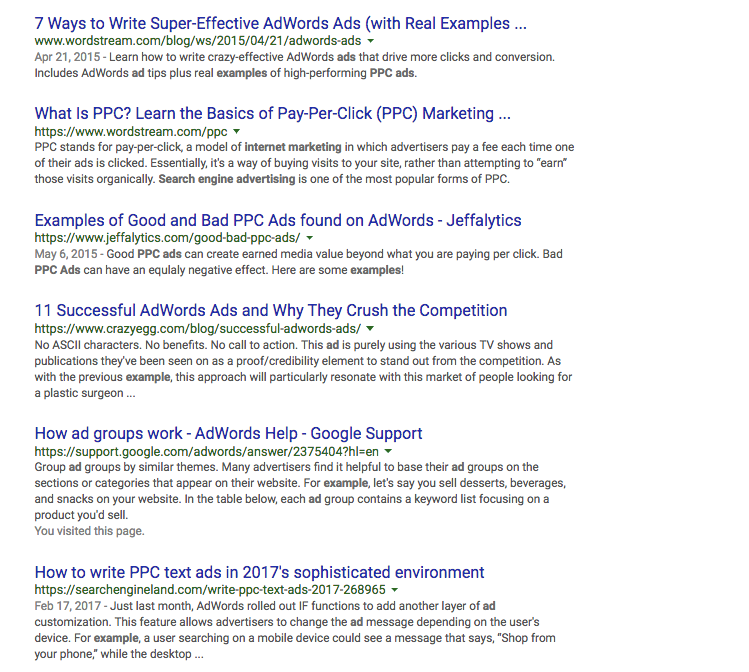
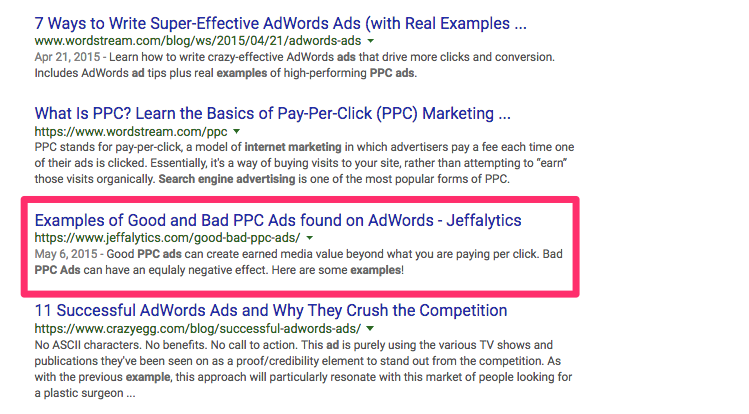
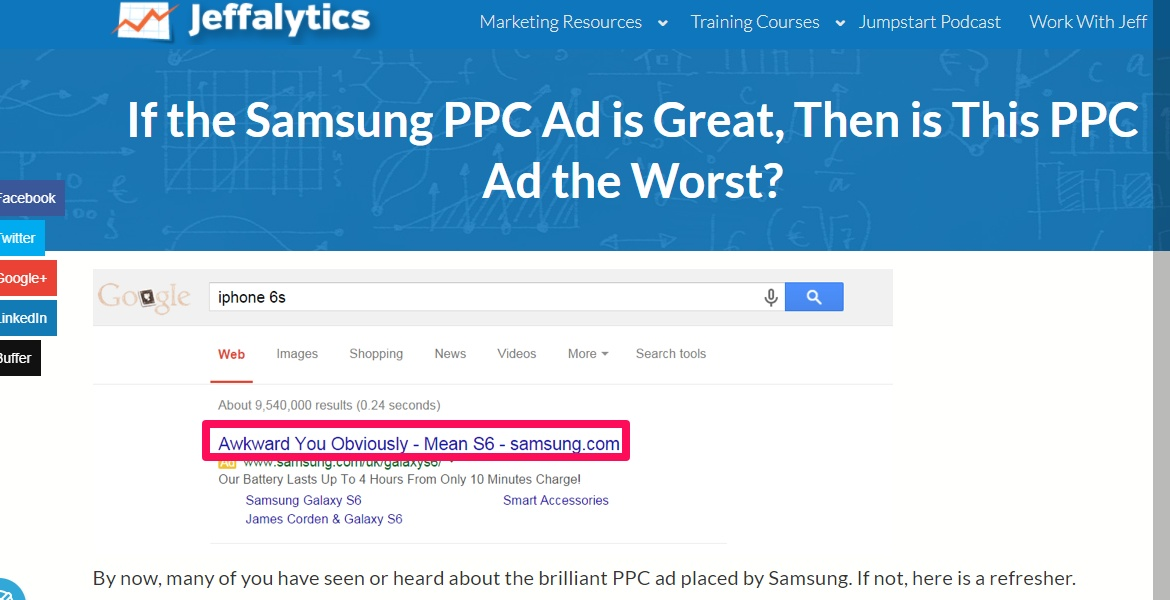
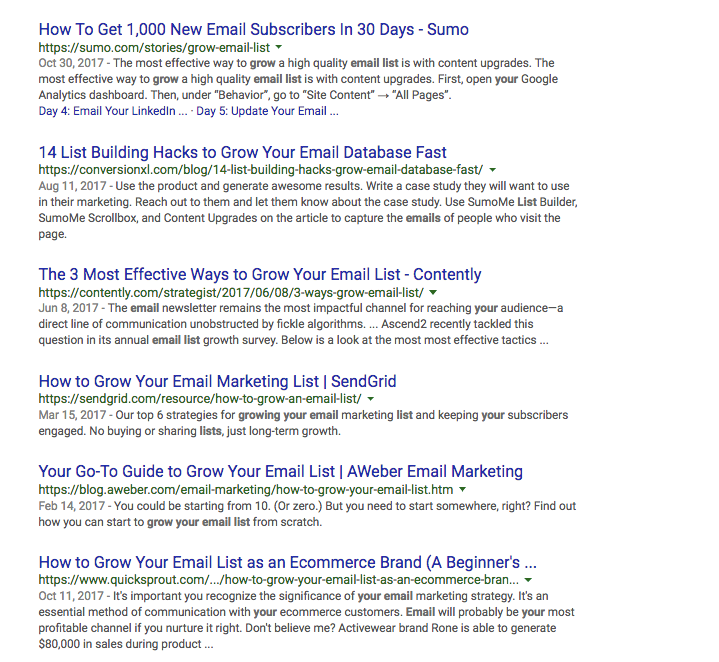
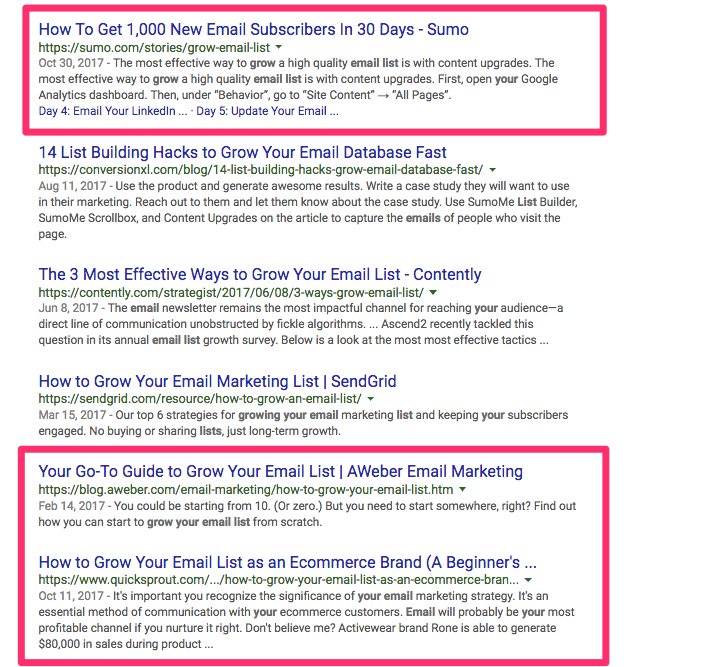
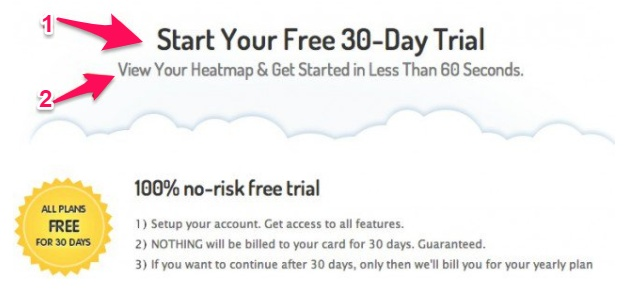

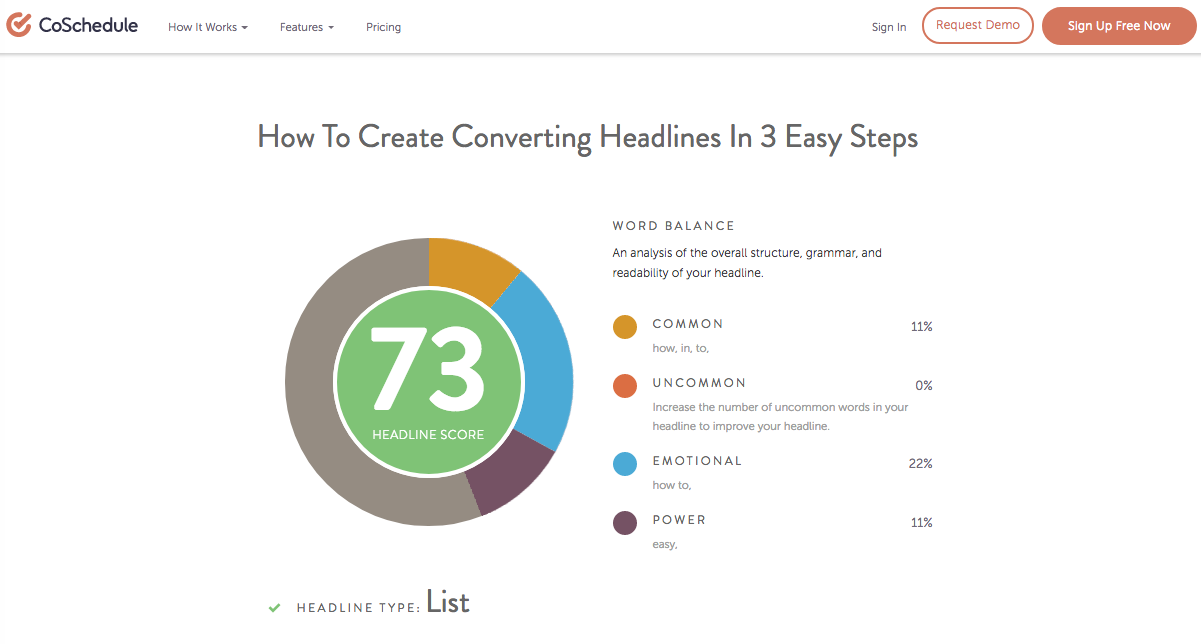
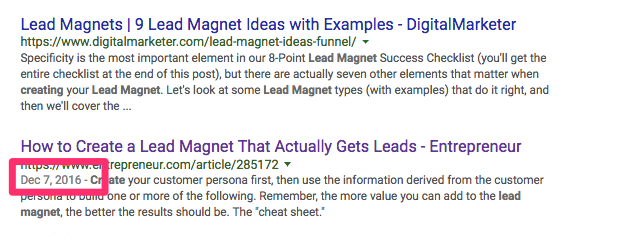
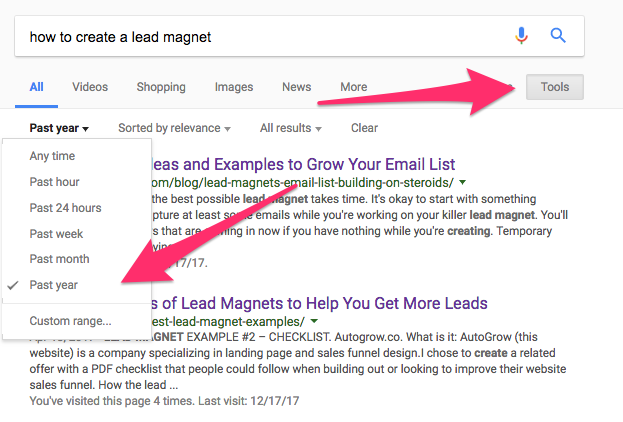
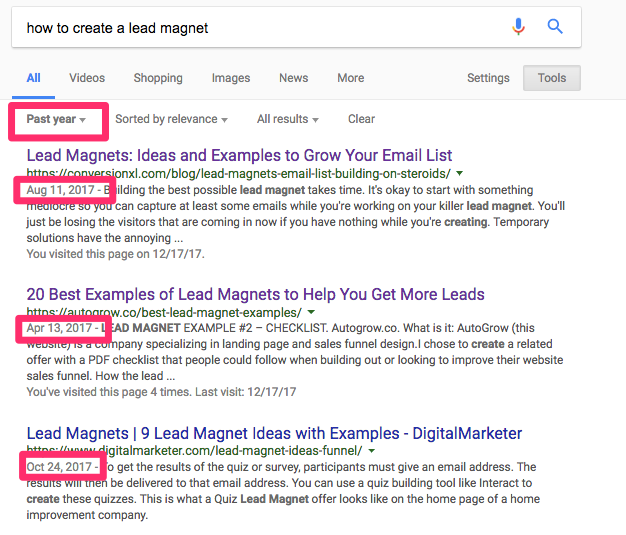

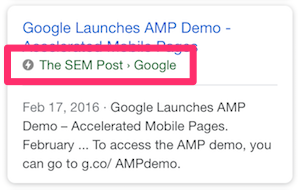
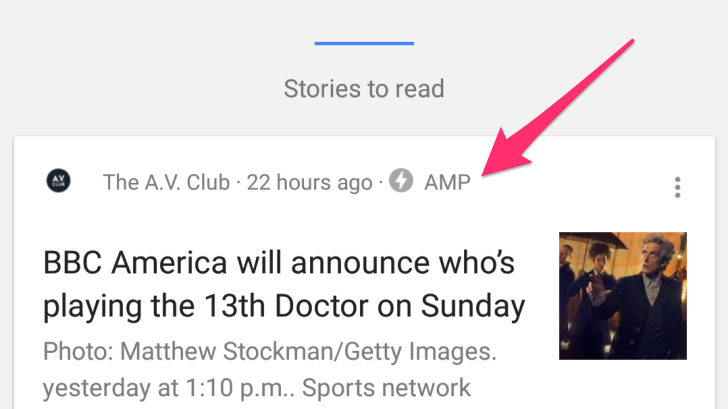
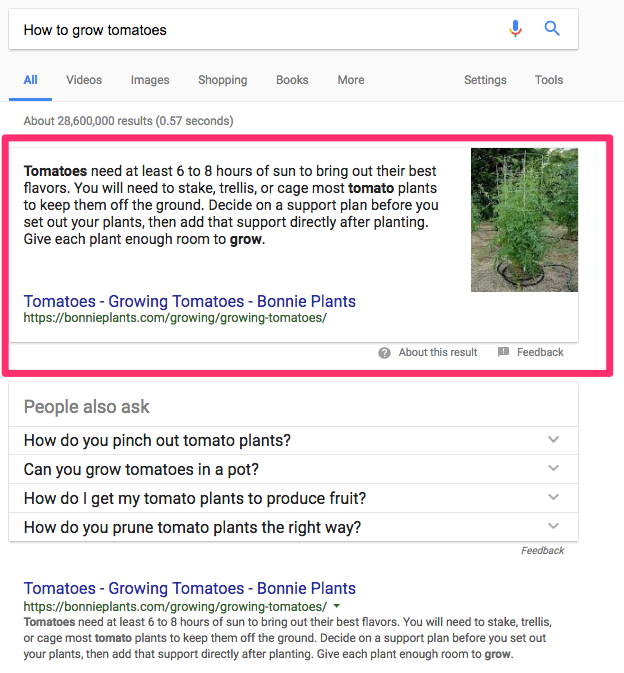
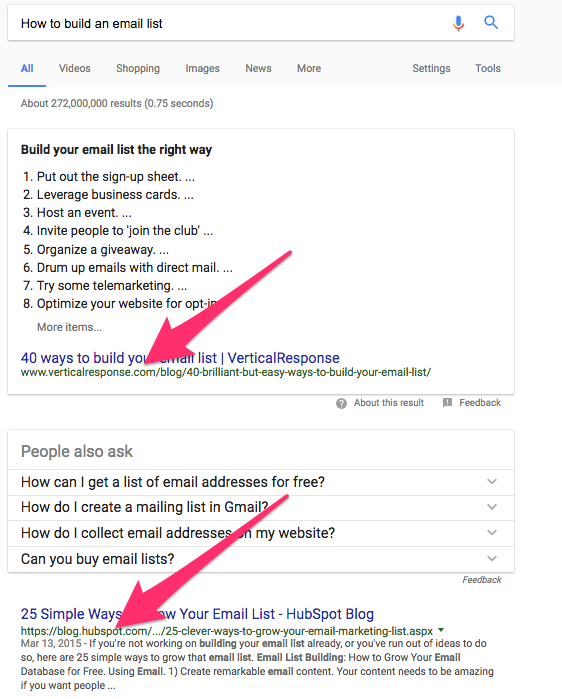

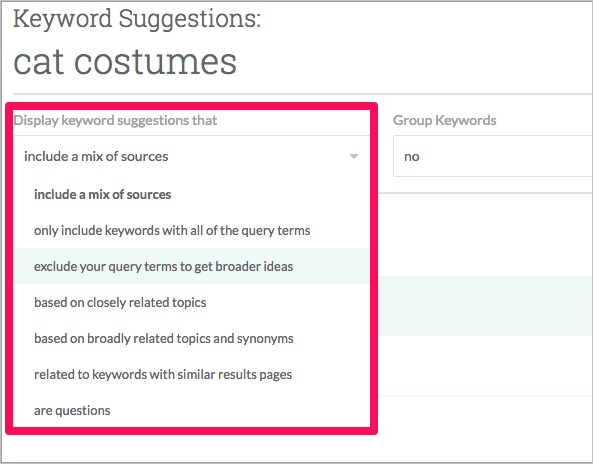
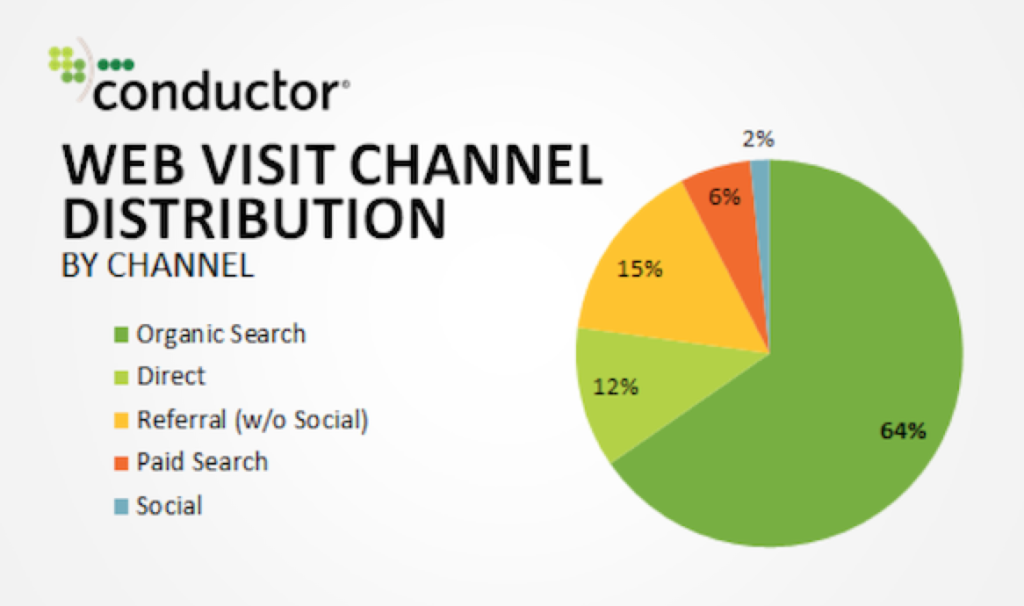



Comments (46)